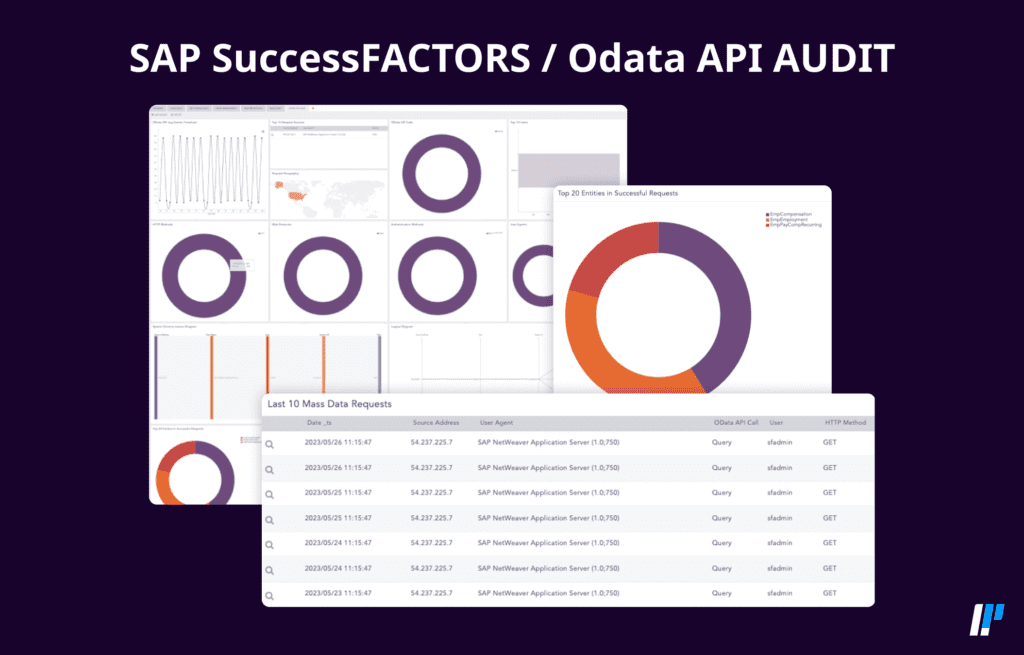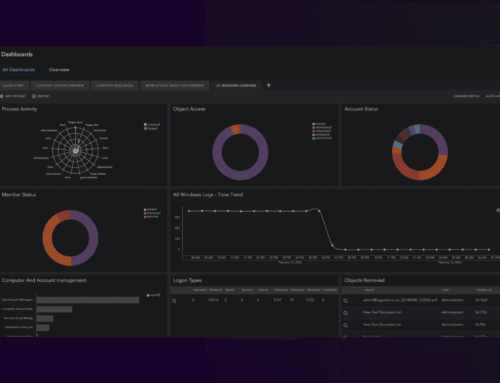If you’ve invested in SAP SuccessFactors, you’ve taken a big step toward modernizing your human resources systems with a leading cloud-based human capital management (HCM) application. But SuccessFactors can’t exist as a silo.
Integrating SuccessFactors with related software and systems helps you make the most of your workforce in this fast-changing era of digital transformation. SuccessFactors integrations’ integrity depends on a centralized management and monitoring environment that provides transparency, hands-on control, and proactive issue alerting.
There are two kinds of APIs in SAP SuccessFactors: SAP to SAP and SAP to Non-SAP Integrations. These are:

SFAPI:
The SFAPI is SuccessFactors Data API. It is a SOAP Web Service designed for importing and exporting data to and from your SuccessFactors instance. It provides generic CRUD (Create, Read, Update, Delete) operations to access data, as well as meta-data operations to allow runtime discovery of the data. SFObjects are entities formed by the exposed data, which are conceptually analogous to database tables. Using the meta-data operations, you can list the SFObjects available to the API, and describe the fields in these entities. Using the CRUD operations you can query or edit the data.
OData API:
The Open Data Protocol (OData) is a standardized protocol for creating and consuming data APIs. OData builds on core protocols like HTTP, and commonly accepted methodologies like REST. The result is a uniform way to expose full-featured data APIs. OData provides both a standard for how to represent your data and a metadata method to describe the structure of your data, and the operations available in your API. SuccessFactors OData API service is based on OData V2.0. The HCM Suite OData API is SuccessFactors Web Services API based on OData protocol intended to enable access to data in the SuccessFactors system. The API is data-oriented. This API provides methods for CRUD style access (Create, Read, Update, and Delete). The API is best used for frequent or real-time requests for small amounts of data. Large data requests are better handled by batch FTP processes. This OData API is used to configure entities. Each SuccessFactors module can be accessed using its own set of entities.
Using Logpoint
With our Logpoint Converged SIEM Platform, we have a centralized platform to provide a clear “pane of glass” into SAP SuccessFactors Integrations from a security point of view. The security logs ingested from SAP SuccessFactors give us a clear view of API accesses and the context of these accesses. If, for example, mass data download is triggered using an SAP SuccessFactors API, this is caught by our Logpoint Converged SIEM Platform and shown in our dashboards.

Figure 1: Mass Data Download Monitoring in SuccessFactors using Logpoint Converged SIEM Platform
As Digital Transformation is a megatrend and SAP SuccessFactors is an important part of this transformation in SAP System Landscapes, it is very important to connect the SAP SuccessFactors to the central security monitoring.
BCS for SuccessFactors is uniquely built to keep your data safe from misuse and help you stay compliant with data privacy laws. We automatically extract and continually monitor, cross-correlate and analyze relevant logs to deliver you a detailed, contextual, and real-time threat visibility into your entire SuccessFactors landscape. To read more about it, head here.







